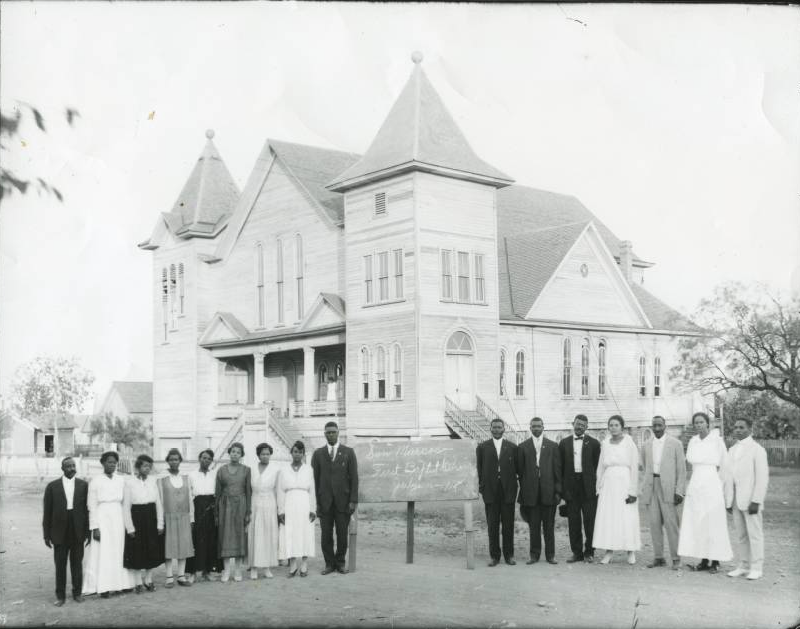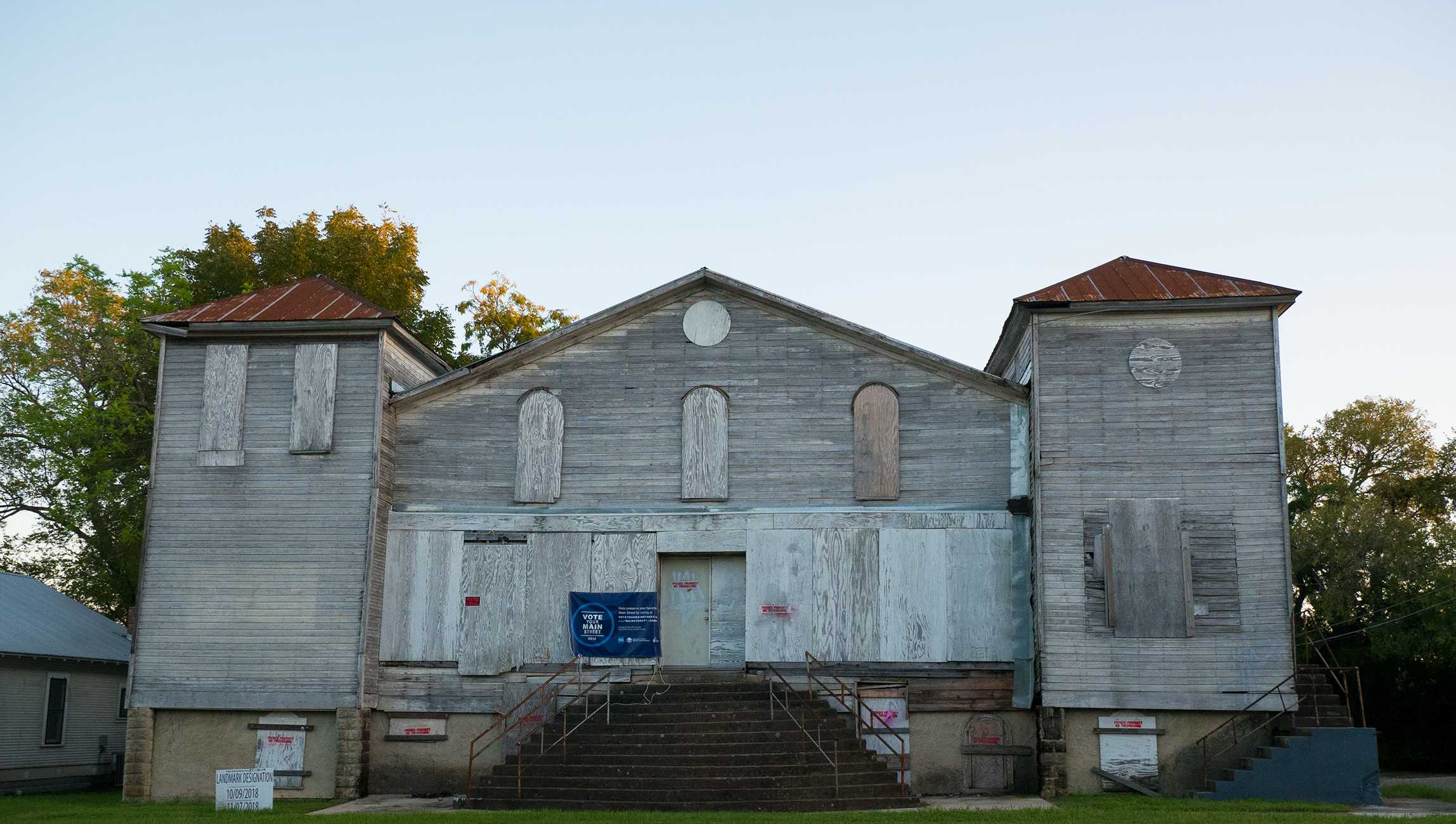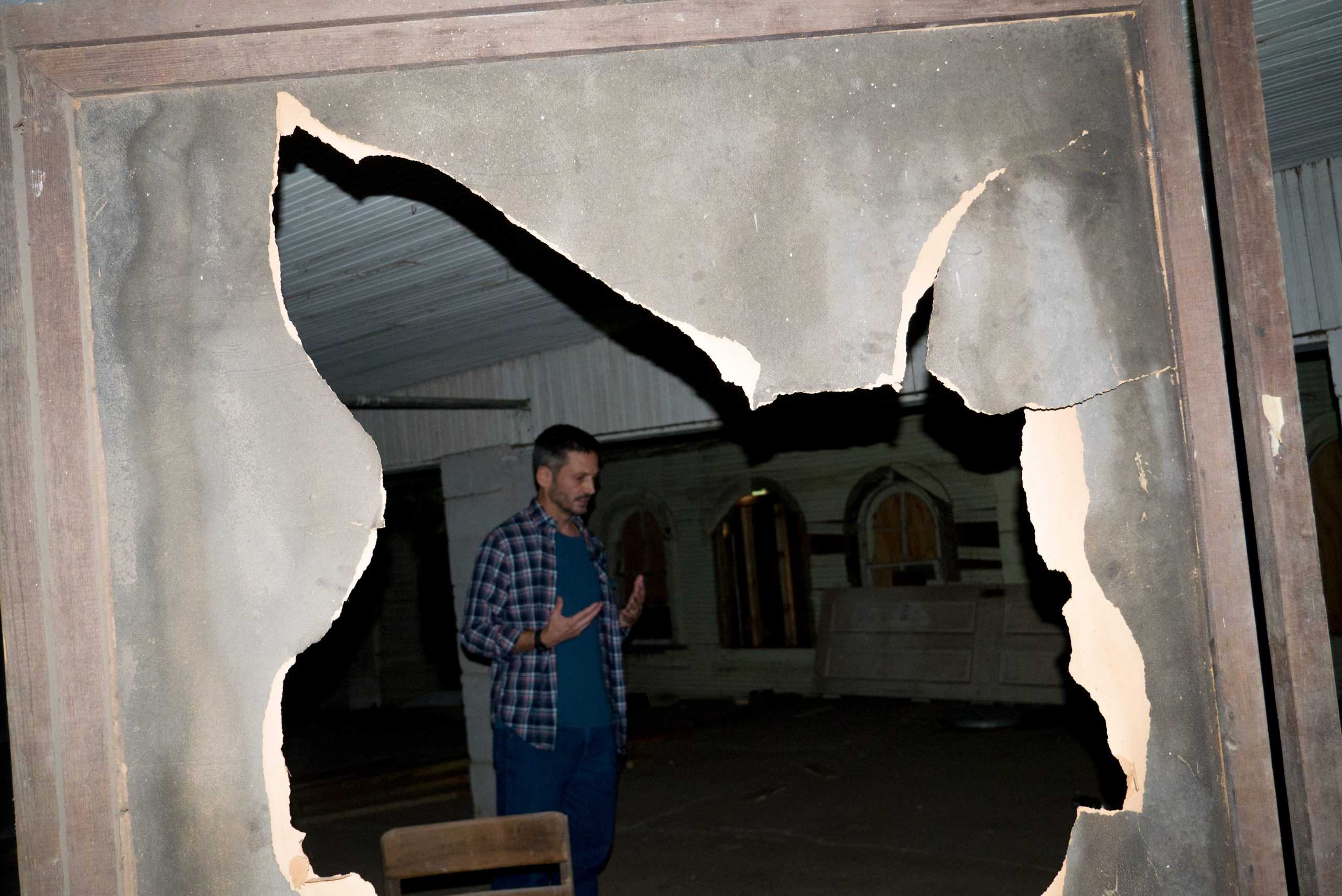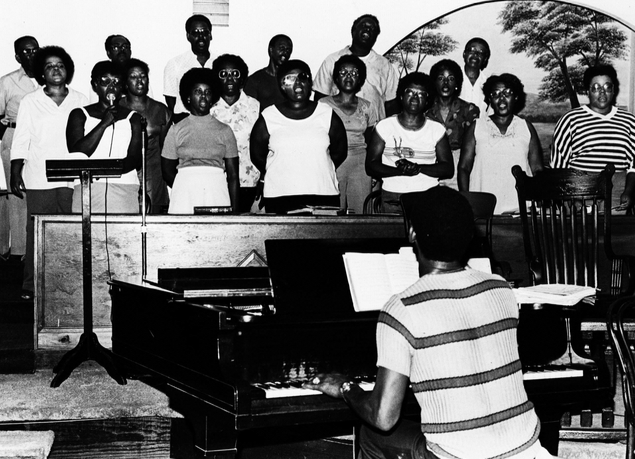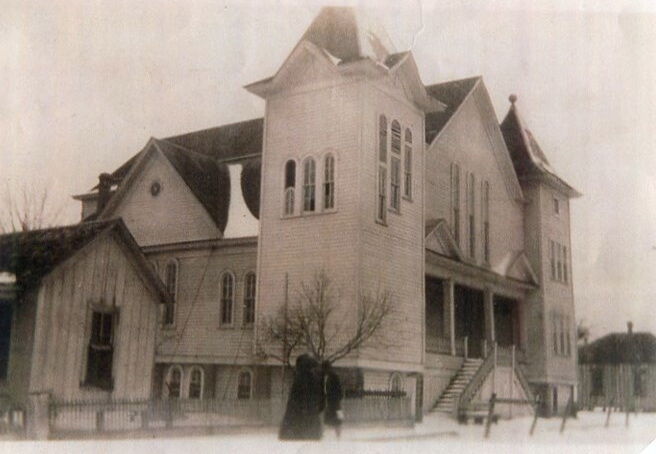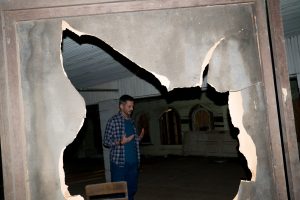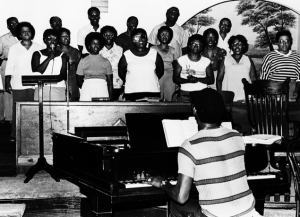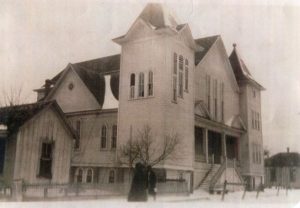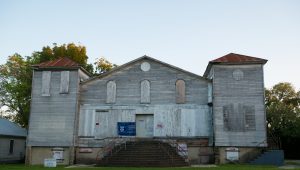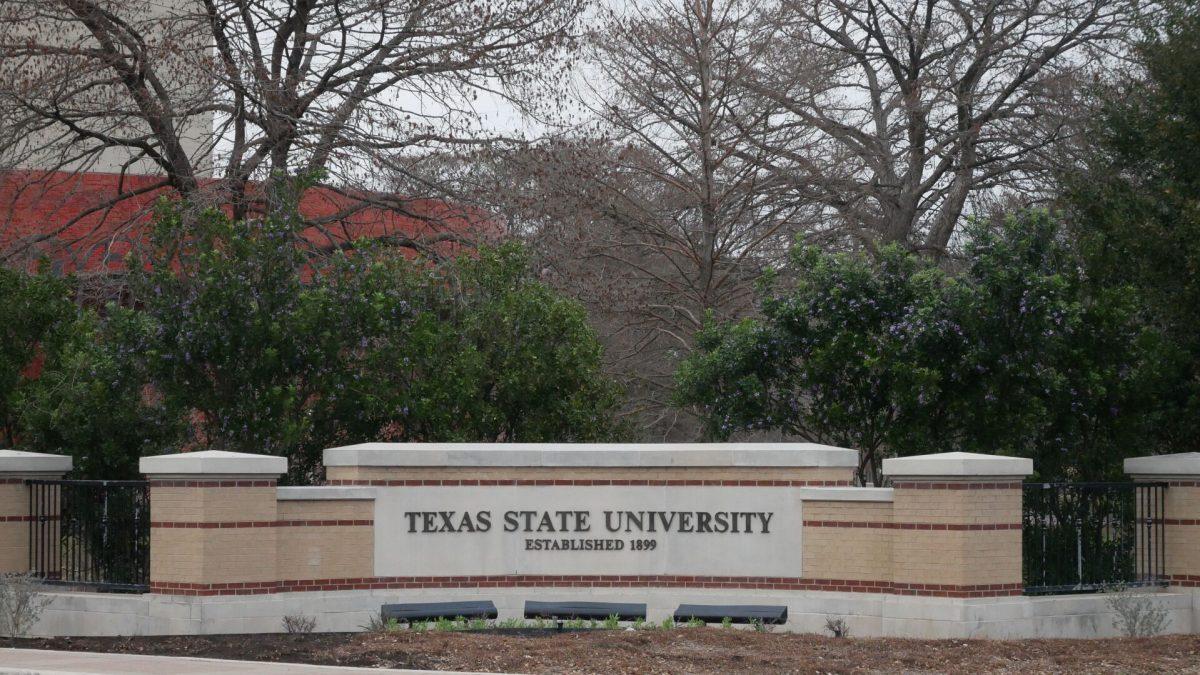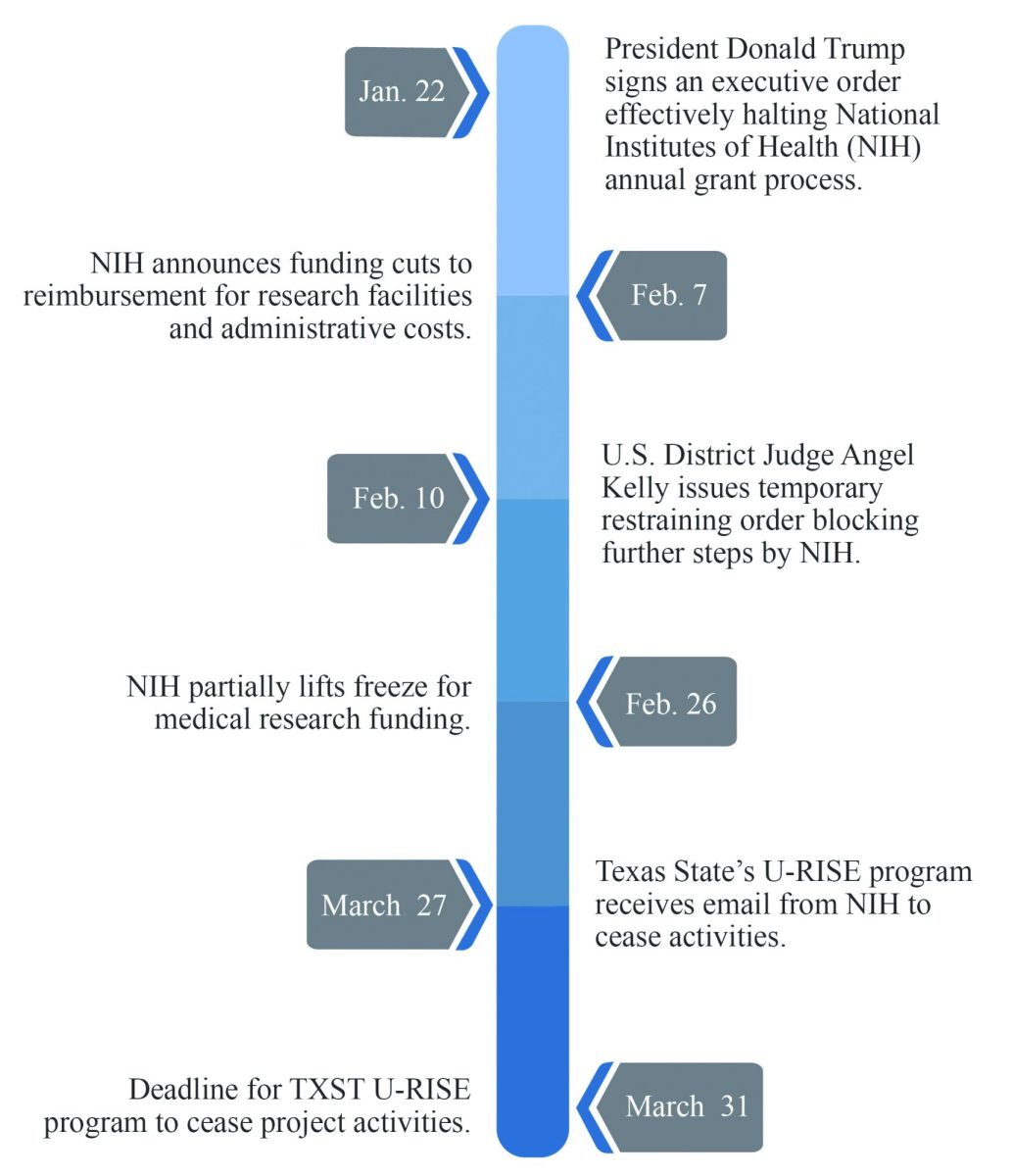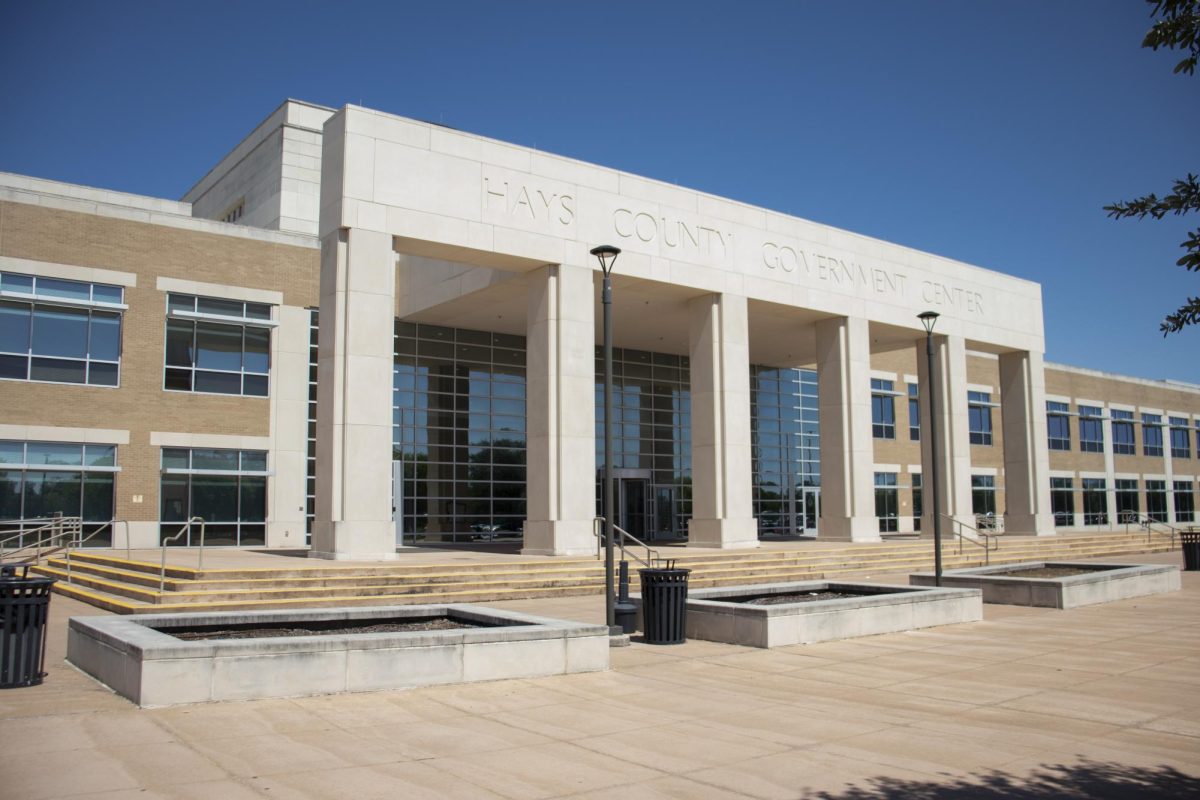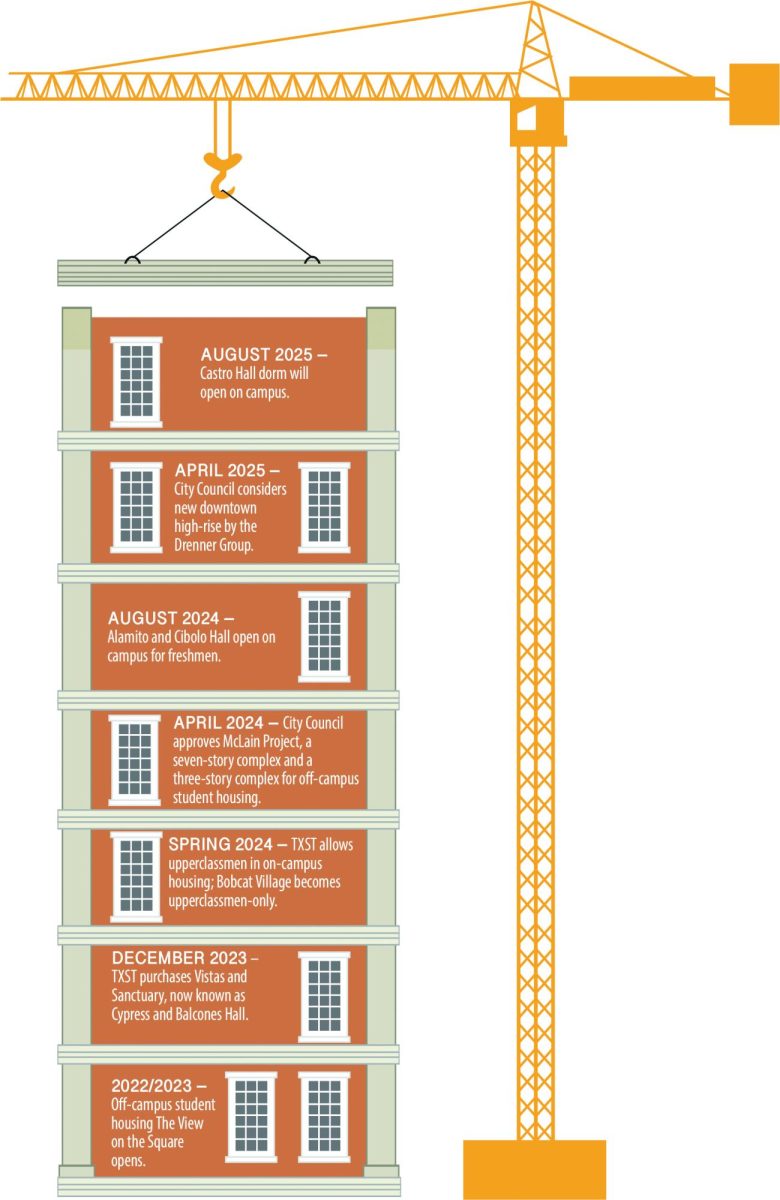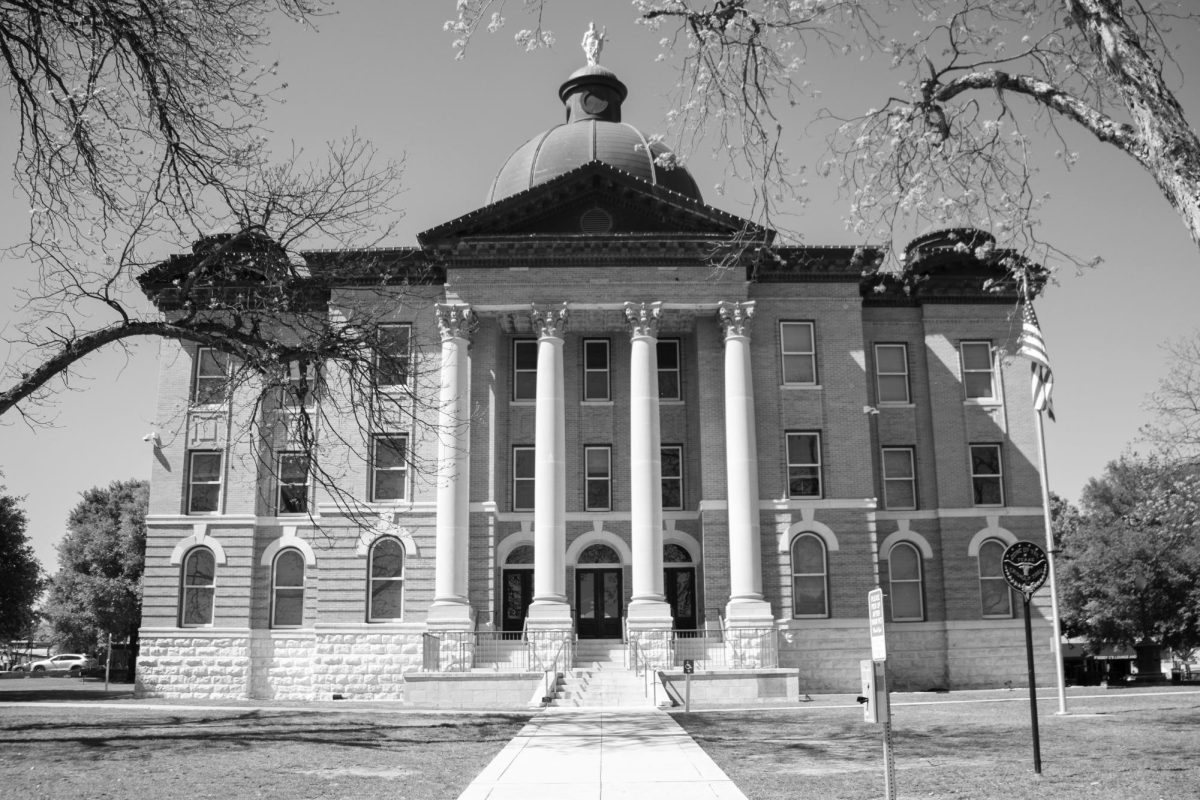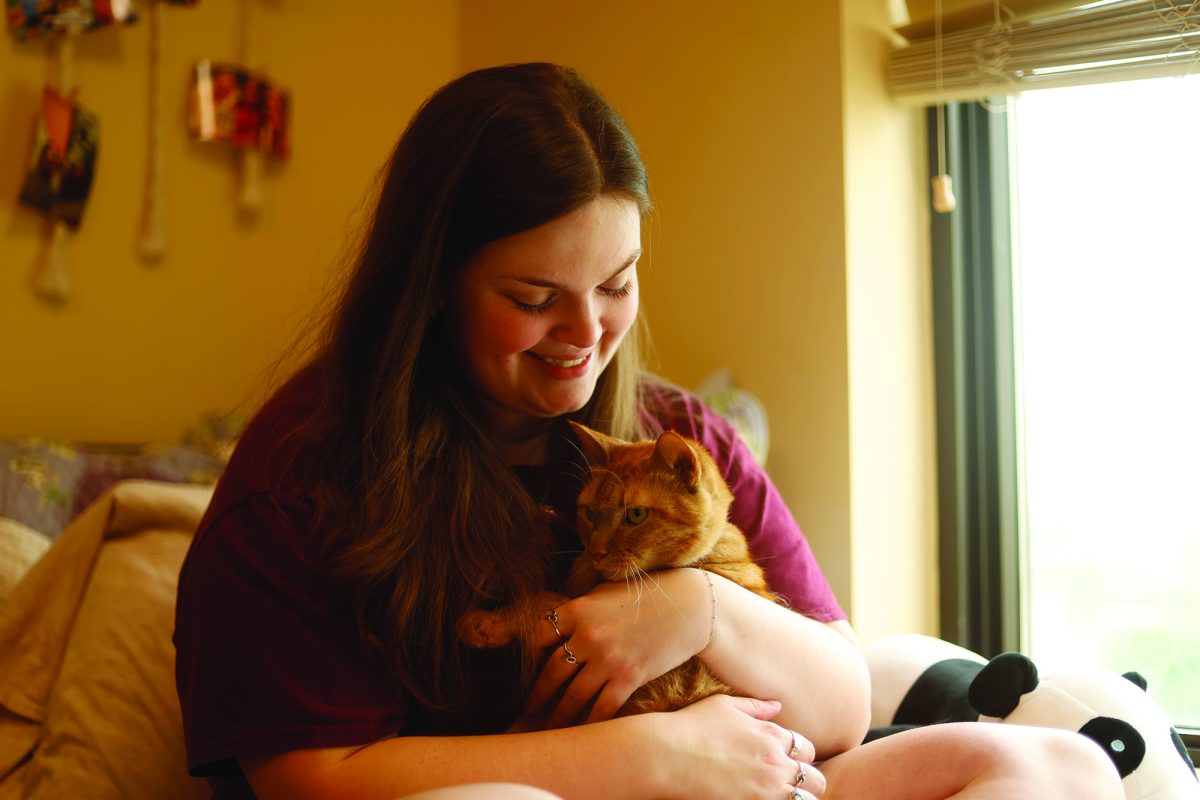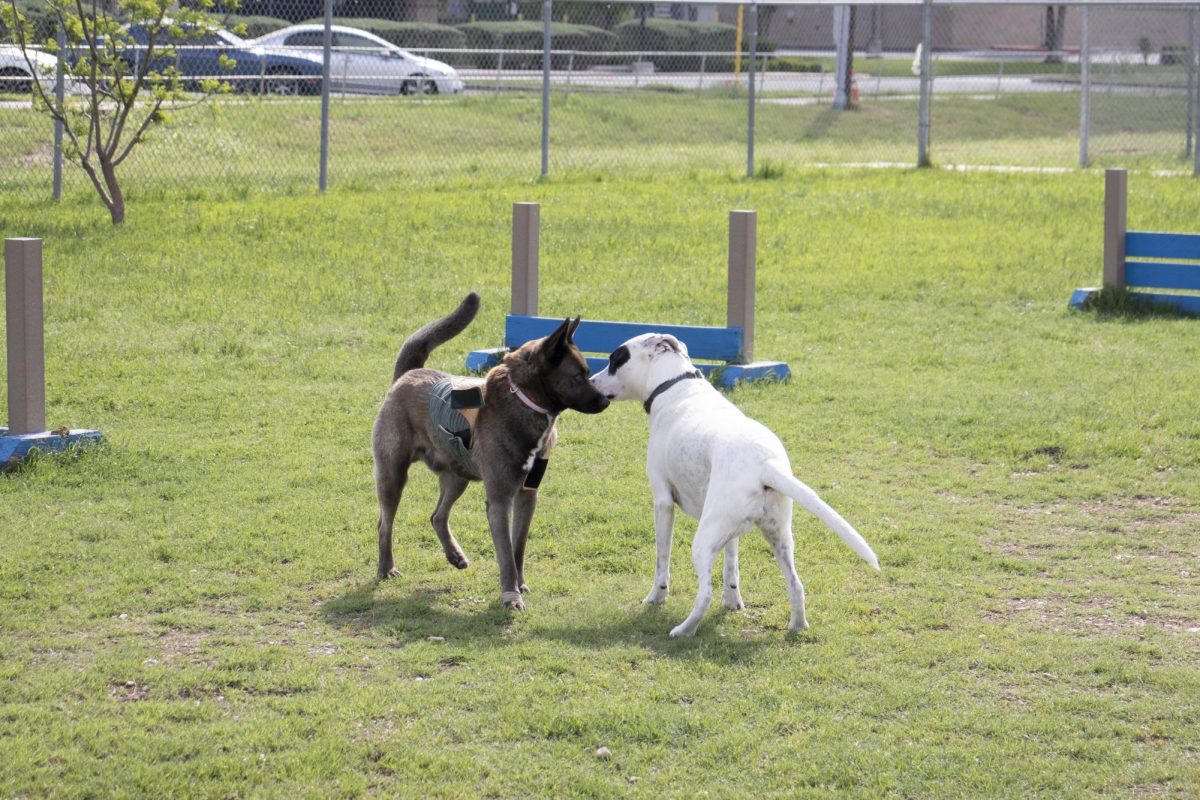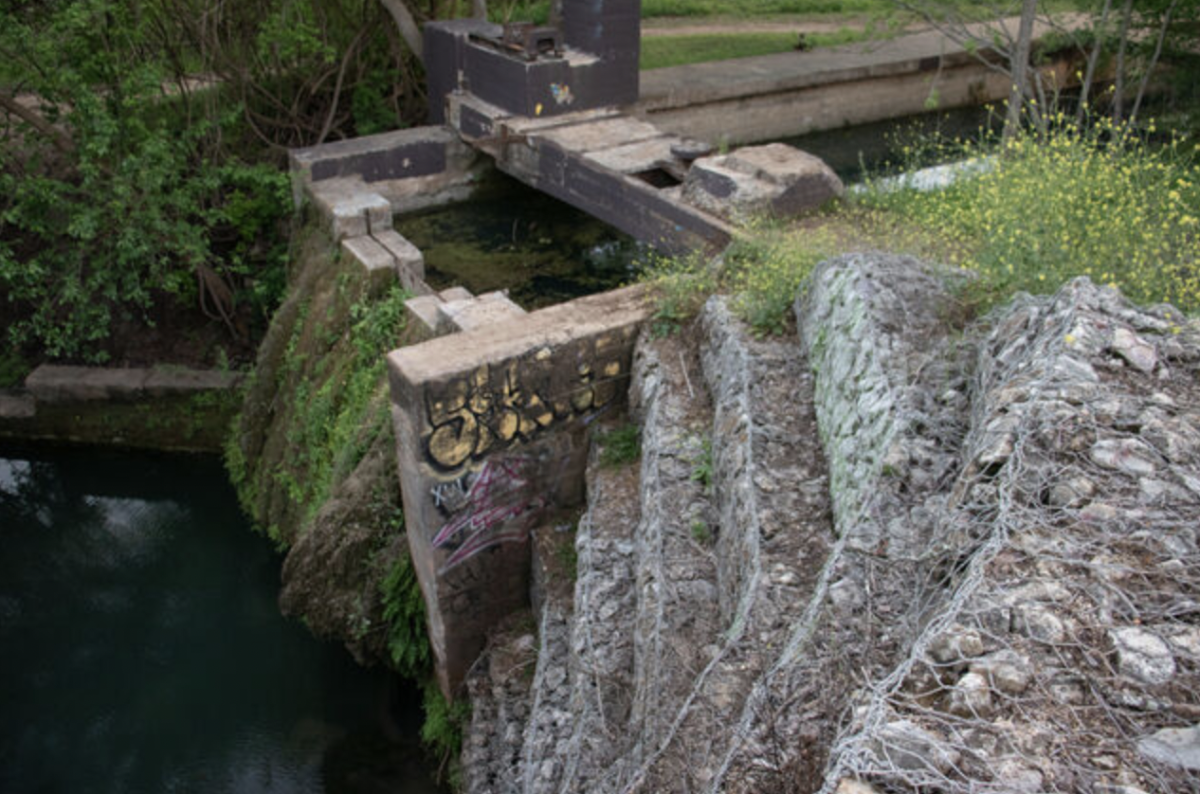With boarded windows and chipping paint, a 110-year–old historically African-American church off Main Street has ignited a community-led movement to restore its structure – and its history.
In 1873, members of the Ku Klux Klan marched through downtown San Marcos and set the original First Baptist Church on fire, leaving an integral part of the then-flourishing African-American community in ashes. Thirty-five years later, in 1908, members of the congregation rebuilt what is now known as the Old First Baptist Church on 219 Martin Luther King Dr. as its replacement. The church has stood empty since 1986 because of its deteriorating condition, though several iterations of advocacy groups have called for its restoration.
Most recently, a core group of leaders from the Calaboose African American History Museum, San Marcos Cinema Club, Splash Coworking and San Marcos Main Street Program have worked alongside the building’s new owners and city officials to nominate the building for a $150,000 grant from National Geographic. The top 10 of the 20 projects nominated will receive a grant to kickstart the restoration process, funded by American Express, the National Trust for Historic Preservation and Main Street America.
Ramika Adams, Calaboose treasurer and board member, has been one of the most vocal leaders in the recent call for the church’s restoration. Adams said she loves the building most for its perseverance.
“When the church was rebuilt (in 1908), it was even more grand and on a bigger scale than the one that was burned down,” she said. “To me, it was the community of that time who was rebuilding saying, ‘No, you tried to tear us down but we’re coming back bigger and badder than ever.’”
Interim Main Street Manager Josie Falletta said the church has remained in the top 10 throughout the contest, all without money to go toward promotional efforts. Out of the gate, the church hit fourth place but has since sunk to eighth.
“We have been in the top 10 consistently, the entire time,” she said. “No money has been allocated for this project so far. It really speaks to the community input and the community buy-in, and how many people are invested in this project.
City officials deemed the building unsafe in May 2009. Since then, it has narrowly escaped destruction several times. Throughout the years, a variety of people have tried to buy the church, demolish it and commercialize the property.
Kurt Waldhauser, the owner, originally had a contract to buy the property in fall 2016 with similar plans to demolish the building, but he backed out after learning the history of the church. After months of deliberation with his wife Kate, Waldhauser bought the property in April 2017.
“I didn’t know what it meant to buy this building,” Waldhauser said. “It took a little while to learn what it meant. My belief is that God saw us coming. And so, for me, this is emblematic of something larger. This is one of the most heart and mind-opening experiences I‘ve ever had in any regard.”
During its heyday in the early to mid-1900s, the church was a haven for San Marcos’ flourishing African-American community, which primarily lived in what is known today as the Dunbar Historic District. The district features several landmarks not only important to San Marcos’ history but also Texas’ history. The Dunbar School, the first desegregated school in Texas, is just down the street from the Old First Baptist Church.
The Rev. Wayne Thompson of the Pentecostal Temple Church of God in Christ grew up attending the First Baptist Church and remembers it not for its spiritual significance but for the sense of community it helped cultivate.
“The black community in San Marcos has always been close-knit because we are such a small minority,” Thompson said. “That First Baptist Church was a gathering place for every single one of us, and within those walls are stories older than me.”
In the 1850s, San Marcos’ population was one-third enslaved African-Americans, according to San Marcos’ 2001 sesquicentennial. Following the abolition of slavery in 1865, San Marcos garnered a reputation as a freedmen’s town, with the African-American population jumping to 37 percent by 1860.
The community steadily grew until the mid-1900s, when gentrification began to push African-Americans out of the community. Today, only 4.8 percent of San Marcos’ population consists of American-Americans.
“When you hear the stories, it was a thriving community of African–American entrepreneurs all down MLK and the Dunbar area in particular,” Adams said. “They had barber shops, restaurants and insurance agencies. It was a community of its own thriving force until gentrification hit, and (African-American residents) started being pushed out of the community through tax laws and all that stuff. But the community back then, when I hear the stories it makes me wish I was there.”
Carina Boston Pinales, founder and co-owner of Splash Co-Working and a key leader in the restoration efforts, said the amount of interest coming from the community is inspiring and enlightening.
“The community involvement has been very humbling to witness,” she said. “It’s been amazing to see everyone come together and hear the stories that have been shared across generations and through pockets of community throughout San Marcos.”
The Planning and Zoning Commission recommended Oct. 9 that the church be named a historic local landmark, which could help the church receive more funding. City Council will vote May 15 on whether or not to give it the designation.
Those interested in helping the church gain funding can vote for the project on Vote Your Main Street’s website. To receive the $150,000 grant, the Old First Baptist Church must be among the 10 projects with the most votes.
Categories:
Community rallies to save historic Old First Baptist Church
October 21, 2018
As a freedmen’s town, San Marcos’ population was 37 percent African-American in the 1860s. Today, African-American’s only represent 4.8 percent of the population. Photo courtesy of the San Marcos Public Library
0
Donate to The University Star
Your donation will support the student journalists of Texas State University. Your contribution will allow us to purchase equipment and cover our annual website hosting costs.
More to Discover



